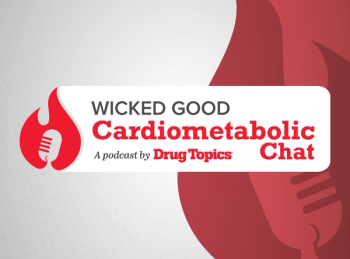
Study Shows Low Adherence to Stroke Prevention Strategies Among Hispanic and Latino Adults
Hispanic and Latino adults have a high prevalence of cardiovascular risk factors, but many are receiving inadequate treatment.
Hispanic and Latino adults have a high prevalence of cardiovascular risk factors, but low adherence to stroke prevention strategies, according to new research.
Less than half of the Hispanic/Latino adults with history of
Overall, 59% of participants had high blood pressure, 65% had high cholesterol, and more than one-third had type 1 or type 2 diabetes.
About half of participants were taking anticlotting medications. Less than half were taking cholesterol-lowering statin drugs and a quarter were taking both medications, which is the mainstay of stroke prevention.
“It’s a wake-up call for the medical community. Despite our best efforts, Hispanic and Latino populations still seem to be undertreated for their vascular risk factors,” said Fernando D. Testai, MD, PhD, FAHA, co-author of the study and an associate professor of neurology at the University of Illinois at Chicago, in a
“I didn’t expect the numbers to be so dismal. We found many of the participants with previous stroke knew about their vascular risk factors; however, the data indicate they are receiving inadequate treatment and support, which are a real concern,” Testai added.
Health care professionals can help inform and support Hispanic and Latino adults about the importance of adopting healthy lifestyle behaviors to reduce their cardiovascular risk, according to Testai.
“Almost 80% of people in this study were overweight or obese, and a significant number continued to smoke despite having a history of stroke and other cardiovascular events,” Testai said.
“Access to care is another important area that we need to address to reduce cardiovascular risk in this population,” he added. Not having health insurance was associated with decreased statin use and unhealthy cholesterol levels, the researchers reported.
The researchers reviewed data from the Hispanic Community Health Study/Study of Latinos that involved more than 16,000 participants between 2008 and 2011.
References
1. Bai F, Chen J, Pandey D, et al. Stroke risk factor status and use of stroke prevention medications among Hispanic/Latino adults in HCHS/SOL. 2021. Doi:
2. Major cardiovascular risk factor rates are high in the U.S. Hispanic/Latino population. News release. American Heart Association; March 4, 2021. Accessed March 4, 2021.
Newsletter
Pharmacy practice is always changing. Stay ahead of the curve with the Drug Topics newsletter and get the latest drug information, industry trends, and patient care tips.















































































































